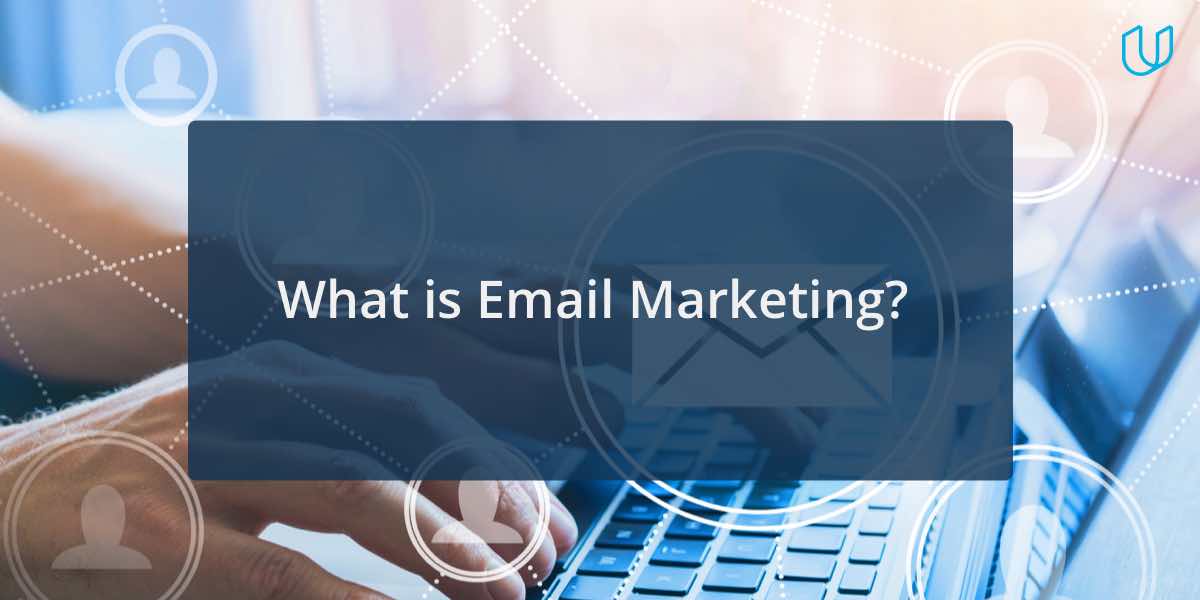The pace at which marketing technologies have been transforming over the past few years – and the fact that many of them didn’t even exist a couple of years ago – begs the question: Is email marketing going to die? The answer is no. Not by a long shot.
The truth is, despite all the noise, hype, and show of innovative technologies, the unassuming email has emerged as a consistently performing marketing tool – year after year. In fact, ask any marketer worth their salt, and they’ll tell you that it’s a core part of their campaigns. The numbers back it up, too. According to Salesforce, email generates an ROI of $38 for every dollar of spend, amounting to a staggering 3,800% ROI.

In other words, regardless of the emergence of numerous marketing channels like social media and mobile marketing, email remains a highly relevant and effective marketing tool to this day – possibly even the best strategy for many businesses out there.
Email marketing explained
So, what exactly is email marketing? It’s a direct, personalized form of digital marketing that promotes a brand via email. Its applications are many – it can be used to generate/ increase brand awareness, nurture leads, and foster relationships (with existing as well as potential customers). Given the wide range of objectives that it caters to, email marketing can assume a number of formats such as newsletters, announcements (product updates, new content, events, etc.), and promotional campaigns.
But given the expansive nature of email marketing applications, it’s very easy for things to get a little off track, and for messaging to get diluted as a result. Which is why it’s very important to get it right during execution. So, what makes for a successful marketing email? Here are five best practices to help you stay on target:
- Always seek permission. Remember that you’re an unannounced, uninvited guest in someone’s inbox. Have the grace to acknowledge that, and start off by politely seeking addresses of interested parties before bombarding) them with mail. Make sure that you establish credibility and provide a strong incentive and call to action (CTA) to drive your reader to enter their email ID – and subscribe to your emails. Also, refrain from starting with “Dear sir/ madam,” and instead opt for “Hi <first name>” to establish better rapport. Using humor in the body doesn’t hurt, either.
- Offer great, relevant, yet brief content. Anyone reading your email expects something from it. It’s up to you to set expectations Make sure that you tell them what your email is about – and how they benefit from it – right at the start. Remember that an email is highly personal communication, so take the time to leverage it to establish that vital connect. Play to your reader’s tastes and preferences, all the while making sure that reading time is kept to the bare minimum. A successful marketing email should ideally be no longer than a 100–150 words, and should include plenty of white space and interesting visuals. Keep it short, and provide links for further information.
- Follow up with the perfect pitch. This needs to be built up from the start. A cold pitch out of the blue is immensely off-putting, and reeks of lack of style. Build and warm up to your story so that the transition to the pitch is perfectly natural, and in fact compels your reader to take action. However, take care to stay away from pitching too often. No one likes it when every email ends in a pitch (perfect or not). Sure, you need to engage customers and make sales. But if you get reckless, it’s bound to backfire – and worse, result in a lot of unsubscribes.
- Ensure a mobile first experience. Making your email mobile-friendly is key to effective email marketing. A lot of emails are accessed on mobile devices, so make sure to offer a seamless, device-agnostic viewing experience. Remember to have CTAs that are visually distinct and easy to tap, preferably appearing without the reader having to scroll.
- Automate and analyze. No, we don’t mean go ahead and undo all that personalization. In fact, it’s the opposite. Automated email marketing allows you to send the right content to the right people, at the right time – something that’s just not possible manually. And finally, the best part of digital marketing – analyze every click, every open, every subscribe and unsubscribe. Without this data, there’s no way you can keep improving with every effort you make.
Conclusion
There’s just no excuse to ignore email marketing anymore, no matter how tempting it is to roll with newer technologies such as social media and SEO. To find out how to fit email marketing into your overall digital marketing strategy, enroll yourself in Udacity’s Digital Marketing Nanodegree program – and start making the most out of one of the most effective marketing tools at your disposal today.



